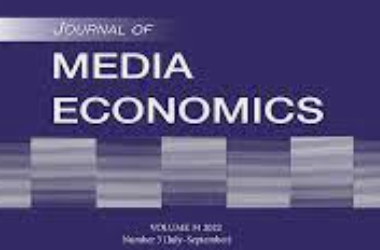Media functionality and the principle of relative constancy: An explan…
본문
- ABSTRACT
- 연구노트
Noh, G. Y., & Grant, A. E. (1997). Media functionality and the principle of relative constancy: An explanation of the VCR aberration. Journal of Media Economics, 10(3), 17-31.
ABSTRACT
The introduction and diffusion of the videocassette recorder (VCR) coincided with an increase in consumer spending on mass media as a proportion of gross national product. This article attempts to explain this apparent aberration to the principle of relative constancy by analyzing both the pattern of consumer expenditures on all mass media and the functionality of the VCR in relation to other media. An examination of audience needs and uses of the VCR suggests that the VCR offers a range of functions that implicate both mass communication and interpersonal communication. Thus, the VCR is both a functional competitor and a functional complement to existing mass media. The implications for the study of new media include a suggestion that functional analysis of media may provide an additional explanatory power for the mechanism of consumer spending on mass media.
- 이전글Theory, economics, measurement and the principle of relative constancy 23.01.11
- 다음글건강과 커뮤니케이션 23.01.26
